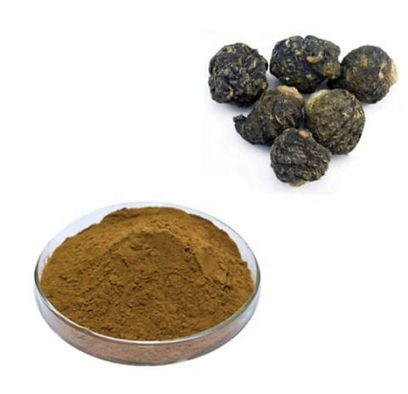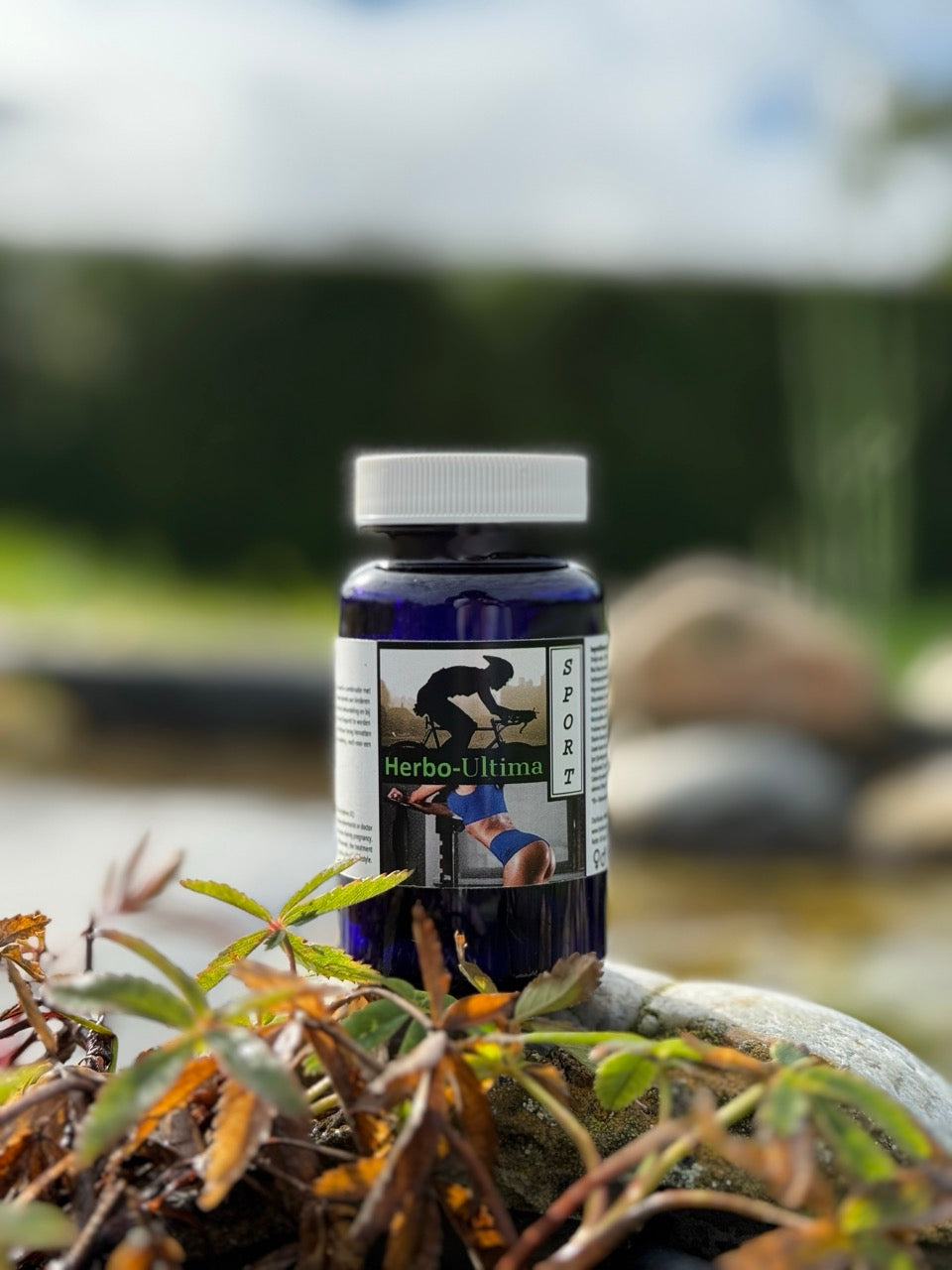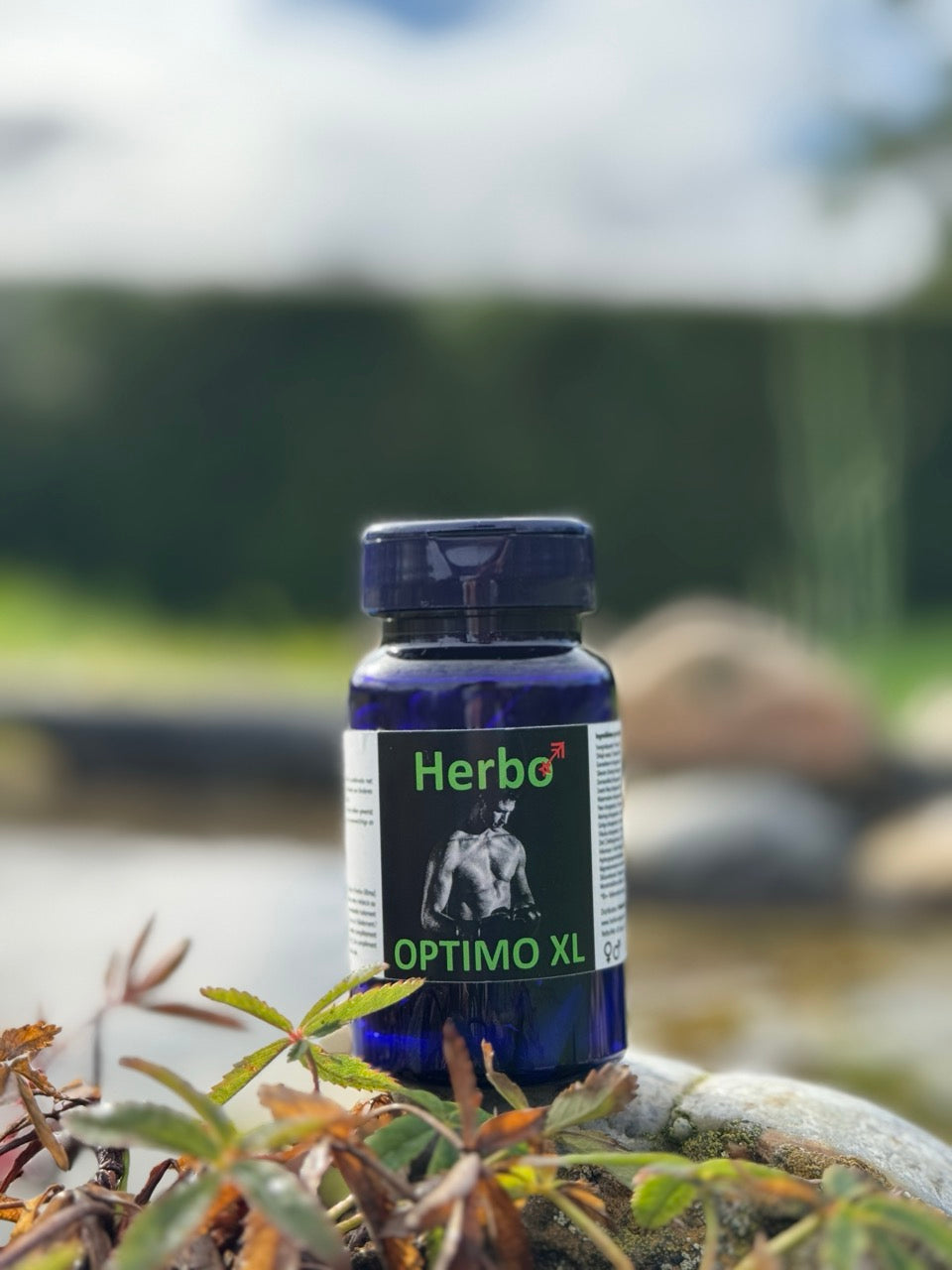Black Maca
(Peruvian Ginseng)

Maca is not called a superfood for nothing. It is especially known for its ability to boost libido. Maca contains no less than five times more protein than regular potatoes. It has a high dose of fiber and hardly any fat. In Western countries, maca is available in powder form. This dried maca contains approximately 55% carbohydrates (sugars/starch), 9% fiber, and 10% protein, including several essential ones.
It is rich in linoleic acid, and it can lower blood pressure. Maca has several major health benefits.
It helps with anemia, chronic fatigue (ME/CFS), mild depression, stress and tension, and it has a very beneficial effect on ailments caused by menopause.
This is due to the fact that maca acts as an adaptogen in our body.
This means that instead of nourishing the body with hormones, it individually responds to the needs of different organs. If your body produces too much of a certain hormone, maca will reduce the production. Conversely, if a hormone is produced too little, maca will stimulate the production.
Red, black, or yellow maca, which is the best?
There is a good chance that you have seen some jars of maca in a health food store from the corner of your eye. The health benefits attributed to it are significant, but who exactly is this all-rounder from the Andes? And more specifically, what is the difference between red, black, or yellow maca?
Here you will find an answer. You will discover what the differences are. Not only botanically or in terms of composition, but also in terms of effects. This way, you can find out which maca is best for you.
What is maca?
Maca Lepidium meyenii Walp. – this is the full name – is a unique tuber crop from the Brassicaceae family. What makes it so special is that it can only be found in the Andes, at an altitude above 4000 meters. A plant that can survive at this height can only be exceptionally strong. Hence the incredibly strengthening effect of the plant on those who use it, but more on that shortly.
What are the differences between red, black, and yellow maca?
There are three varieties of maca, which we can recognize by their color. Yellow maca is undoubtedly the most well-known and its use is widespread around the world. But there is also red and black maca, which have a slightly milder taste. As a result, there are also avid users who swear by these two alternative types of maca.
The fascinating thing is that each variety comes from the same plant. It is only the color of the skin that differs. The skin contains different phytonutrients each time, which immediately explains why the three varieties each exhibit different health benefits.

Red, black, or yellow maca, which one should you choose?*
According to tradition, the yellow one is said to be the best for daily use. The other two types are rarer and were also revered as sacred. Furthermore, the red variant was considered more feminine and the black one more masculine. The former is reportedly more nourishing, while the black variant is more suitable for boosting energy.
Yellow maca*
Gele maca is a popular supplement due to its strong stimulating and adaptogenic properties. Furthermore, it is extremely rich in nutrients, which are known for balancing hormone levels, supporting fertility, and enhancing focus.
Red maca*
Red maca has a nutrient profile that differs slightly from yellow maca. It contains more alkaloids, tannins, saponins, and glycosides. For this reason, as mentioned, this variant is said to support more of the "female energy." The substances in this maca are believed to have a more nourishing, calming, and balancing effect. This variety is therefore preferably used in cases of stress or to support cognitive functions. Furthermore, the "female aspect" is also reflected in the use of red maca for complaints during menopause and it is also said to have a positive effect on the female reproductive organs.
Black maca* 
The skin of the black maca also has a different composition than the red and yellow variants. It therefore contains different phytonutrients that, in this case, provide support against oxidative stress. Black maca has more of a reputation for influencing "male energy." Black maca is said to support male libido and, as such, has a rich tradition as an aphrodisiac in the Andes. Scientific research confirms the effects of maca in this regard. Supplementation with maca leads to an increase in the quality, motility, and number of sperm cells. This effect is even more pronounced with black maca. Furthermore, black maca can also support blood sugar levels.
The scientifically proven benefits of maca include:
- Increases energy levels and gives a cheerful feeling.
- Increases fertility in both men and women.
- Reduces the risk of developing osteoporosis.
- Relieves the symptoms of menopause.
- Has a powerful antioxidant and anti-aging effect.
Nutritional value maca powder Per 100 grams
- Energy: 325kcal
- Fat: 3.6 grams
- Carbohydrates: 71.4 grams
- Of which sugars: 31.1 grams
- Of which dietary fiber: 7.1 grams
- Proteins: 14.3 grams
Amino acid profile maca
Maca powder contains many essential amino acids and is a good plant-based protein source. It contains a total of 18 different amino acids.
Amino acids maca powder Per 100 grams
- Total proteins: 14.3 grams
- Asparagine acid: 1.38 grams
- Glutamic acid: 2.23 grams
- Serine: 710 mg
- Histidine: 310 mg
- Glycine: 970 mg
- Arginine: 1.42 grams
- Threonine: 470 mg
- Alanine: 900 mg
- Tyrosine: 440 mg
- Phenylalanine: 780 mg
- Valine: 1.13 grams
- Methionine: 400 mg
- Isoleucine: 670 mg
- Leucine: 1.3 grams
- Lysine: 790 mg
- HO-Proline: 370 mg
- Proline: 7 mg
- Sarcosine: 10 mg
Vitamines in maca poeder
The number of different types of vitamins in maca powder is quite modest.
Vitamins in maca powder Per 100 grams
- Vitamin C: 285 mg (475% NRV)
- Vitamin B1: 1 mg (90% NRV)
- Vitamin B2: 0.4 mg (21% NRV)
- Vitamin B3: 5.7 mg (29% NRV)
- Vitamin B6: 1.1 mg (57% NRV)
Depending on the area where the maca is grown, maca may also contain other vitamins.
Mineralen in maca poeder
Maca is rich in minerals and trace elements and a good source of calcium, potassium, iron, and copper.
Minerals Per 100 grams
- Calcium: 450 mg (45% NRV)
- Potassium: 2 grams (57% NRV)
- Buyer: 6 mg (300% RDA)
- Magnesium: 74 mg (21-25% man/woman RDA)
- Phosphorus: 220 mg (37% NRV)
- Sodium: 18 mg (1% NRV)
- Iron: 15 mg (100% NRV)
- Zinc: 12 mg (150% NRV)
- Iodine: 520 micrograms (34% RDI)
Depending on the soil where the maca is grown, maca may contain other trace elements.
If you want to use maca powder to supplement your iodine intake (because you eat little or no bread), it is best to choose black maca. It contains more iodine than yellow and red maca.



